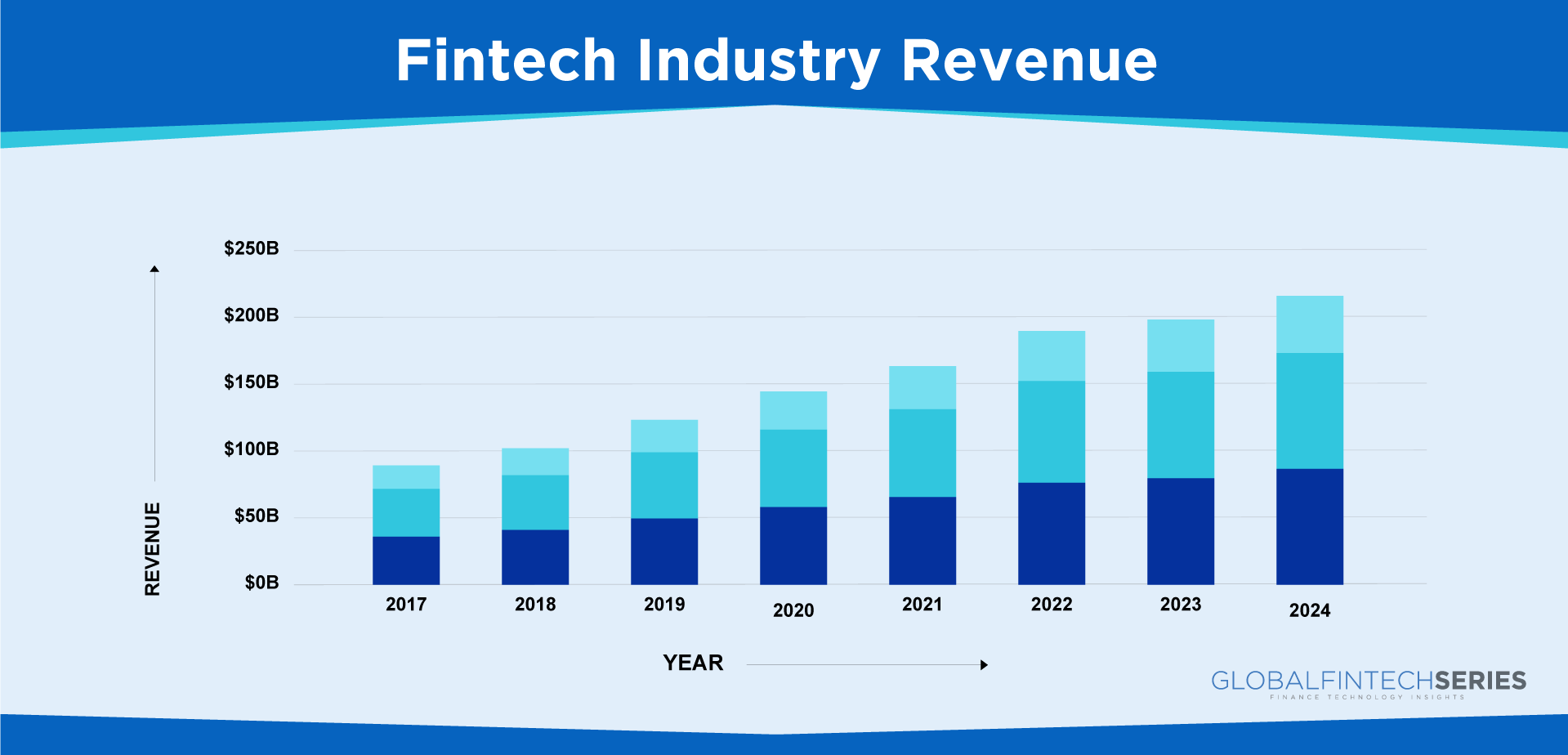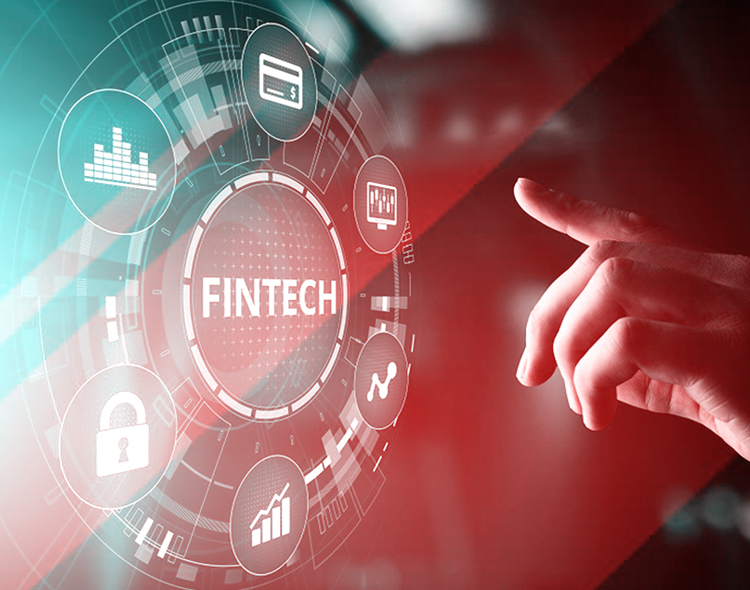What precisely is FinTech?
Fintech is the combination of the terms “finance” and “technology.” When combined, FinTech becomes a multifaceted notion that describes any technology that provides financial services via software, such as smart banking services, mobile payment applications, and the most recent topic, bitcoin. It is a large category that incorporates numerous technologies, but the fundamental goals are to alter how individuals and businesses access finances and to compete with traditional financial services. This rapidly expanding Fintech sector has transformed the traditional trade, credit services, insurance, and risk management businesses.
Yet, are you familiar with the precise origins of modern FinTech stacks?
Genesis Of The Modern FinTech Stacks
Nowadays, we associate fintech with cryptocurrencies and start-up banks, but its origins can be traced back to how individuals conducted business in the late 19th century, including the introduction of digital money and double-entry accounting. Using telegraph and Morse code, the first transatlantic cable and Fedwire in the United States in 1886 enabled the first electronic fund transfer system. At that time, fintech referred to the use of computer technology to the back office of banks or trading organizations.
As a result, the first ATM, the first digital stock exchange NASDAQ, and SWIFT were developed as part of the Fintech stack for finance.
In the 1990s, the first steps towards digital banking were taken, and PayPal was introduced, foreshadowing the new payment Fintech systems and IT integration that would emerge as the globe became increasingly online. With the introduction of cloud computing and back office automation, Smartphones subsequently saturated the market and individuals began using the internet for mobile banking and other financial services. Later, in 2009, Bitcoin emerged, followed by other cryptocurrencies and NFTs utilizing blockchain technology.
Fintech organisations, which include startups, technology firms, and existing financial institutions, use emerging technologies like big data, artificial intelligence, blockchain, and cloud computing to make financial services more accessible and effective. Since the Internet and smartphone revolutions, however, financial technology has shifted to web 3.0 and metaverse and become more unpredictable. Transferring money, depositing a check with a smartphone, applying for credit without visiting a bank branch, acquiring capital for a business beginning, and maintaining investments are a few further instances of financial transactions that can be completed without the assistance of a person. According to EY’s 2017 Fintech Adoption Index, one-third of consumers utilise at least two or more fintech services, and their awareness of fintech’s role in their daily lives is growing.
How Did It Become The Buzzword Of The Decade?
As the globe shifted towards a more digital lifestyle, consumers became as user-friendly as a sip of coffee while doing daily tasks using digital tools. This is evident in the manner in which they manage their finances. Between 2014 and 2021, global Google searches for “fintech” climbed by a staggering factor of over 1,000. After the introduction of the credit card, financial technology advanced and introduced several key innovations to the mass market, including automated teller machines, electronic stock exchanges, bank mainframe computers, and online stock exchanges.
 The above chart shows the global Fintech market revenue of 2017 vs 2024(expected).
The above chart shows the global Fintech market revenue of 2017 vs 2024(expected).
 The above chart shows the number of startups in the fintech domain worldwide from 2000 to 2022. Therefore we can clearly imagine the size at which this market is robustly growing and has become aptly the most talked about the terminology of the decade.
The above chart shows the number of startups in the fintech domain worldwide from 2000 to 2022. Therefore we can clearly imagine the size at which this market is robustly growing and has become aptly the most talked about the terminology of the decade.
Recommended : New Venture Fund Provides Investors Exposure to the Disrupting Fintech Sector
What Actually Fintech Embraces?
- Digital Wallets and Payment gateways (PayPal, Venmo, Square, Apple Pay)
- Cryptocurrency and Blockchain DLT (virtual currency like Bitcoin)
- SaaS Platforms (Software as a service)
- Crowdfunding platforms ( Kickstarter, GoFundMe)
- BNPL (Buy now pay later)
- Contactless technology (Digital cash, tokens like NFT)
- Insurtech (Oscar Health, Credit Karma )
- Regtech (Anti-Money Laundering, KYC protocols)
- Robo-advisors (algorithms to automate investment advice-Betterment, Ellevest)
- Smart assistants (siri, hey google)
- P2P lending (Prosper, Upstart allow)
- Personal Finance apps (Mint, Quicken)
- Payments (Venmo, Zelle)
- Stock trading apps (Robinhood, Acorns)
Usage Of Fintech For A Common Man
The use of smartphones for mobile banking, investing, borrowing services, and cryptocurrency are examples of technology meant to increase public access to financial services. Formerly, individuals needed to physically visit a bank for any financial support or service, but fintech has made it feasible to invest, borrow, save, and transfer monies using online applications without ever leaving the house. While though traditional institutions were slow to adopt fintech solutions, both startups and big businesses invested in the new digital superpower environment.
Today, every individual can benefit from a plethora of self-service Fintech tools.
Read: Global Fintech Interview with Jitin Bhasin, Founder & CEO at SaveIN
Exploring Fintech Through Lens
By launching Crowdfunding Platforms, FinTech increases its relationships with clients directly. PayPal Holdings is the undisputed leader in online payment processing, but it offers so much more.
Prominent programming languages in the financial industry include Java, C++, Python, and Ruby. Fintech has also effectively spawned InsureTech, which encompasses online policy management, data protection, and customized insurances. Robo-advice has disrupted the asset management industry by giving algorithm-driven suggestions and individualized portfolio management, while reducing human help dramatically. Although it may sound like diving into FinTech without swimming expertise, this is precisely how one learns. So let’s dive into this Fintech pool with information, from which we can learn a great deal.
Future Wings Of Fintech
By 2026, the global market for digital banking platforms is anticipated to expand at a compound annual growth rate (CAGR) of 11.5%.
The extended periods of new offerings, product developments, strategies, and mechanical capacities within the fintech industry have just begun. The majority of fintech’s growth will be driven by innovation and the promise to deliver superior customer experiences. The “Territory of Fintech 2022” analysis by Forrester reveals that imagination not only generates brilliant ideas, creative innovations, and sophisticated critical thinking, but also catalyzes a growth outlook in enterprises to deliver new technologies and solutions for everyone.
[To share your insights with us, please write to sghosh@martechseries.com]
